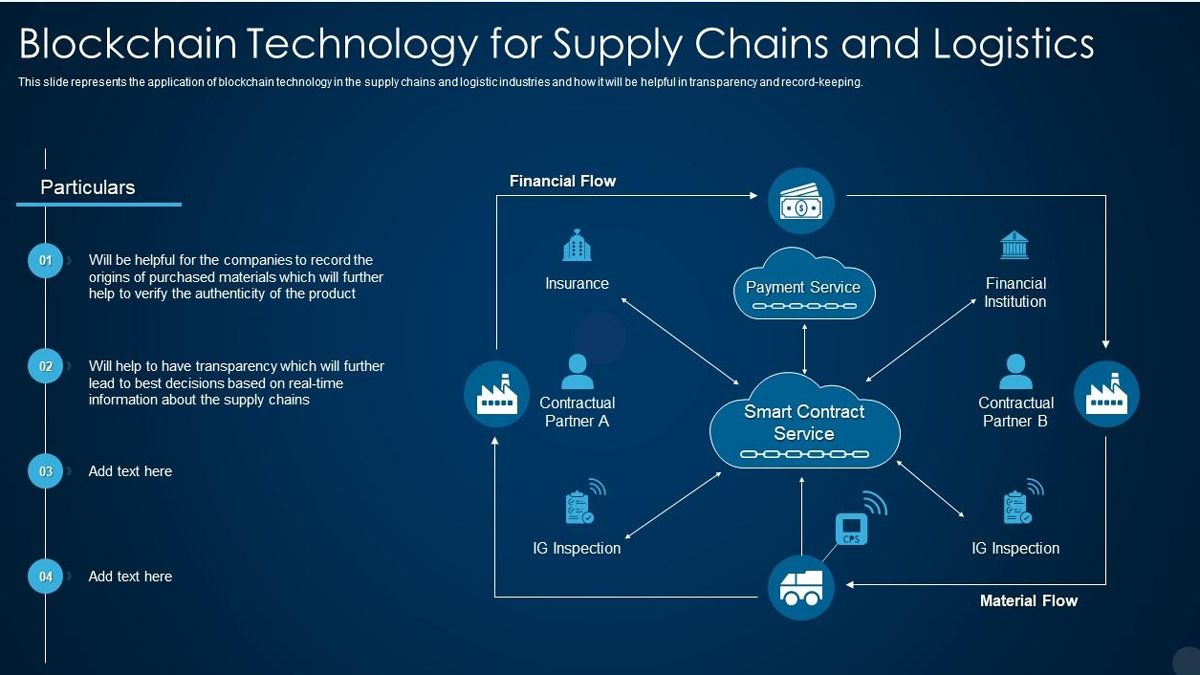Multimodal transportation—the use of two or more modes of transport in a single journey—is gaining prominence as businesses seek more flexible, cost-effective, and sustainable logistics solutions. This approach combines the strengths of different transportation methods while minimizing their individual limitations.
The key advantages of multimodal transportation include:
- Cost Efficiency: By optimizing each leg of the journey with the most appropriate mode of transport, companies can reduce overall shipping costs by 15-30%.
- Reduced Environmental Impact: Combining road transport with rail, sea, or inland waterways significantly lowers carbon emissions compared to road-only solutions.
- Enhanced Reliability: Multiple transport options provide redundancy, allowing for quick adaptation to disruptions like weather events, port congestion, or labor strikes.
- Simplified Administration: Modern multimodal systems operate under a single contract with one responsible party, streamlining documentation and improving accountability.
Digital platforms are now emerging that help logistics providers seamlessly coordinate different transportation modes, providing real-time visibility and enabling dynamic routing decisions. As global supply chains continue to face disruptions and environmental regulations tighten, multimodal transportation will likely become the standard approach for efficient long-distance freight movement.
 Tiếng Việt
Tiếng Việt
 English
English
 汉语
汉语





